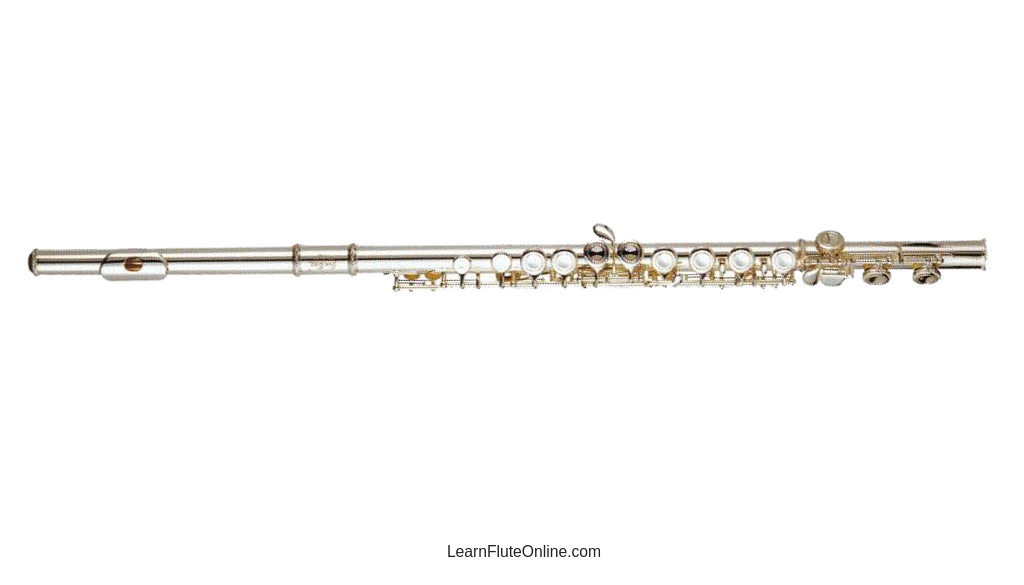

Serialism of the first type is most specifically defined as a structural principle according to which a recurring series of ordered elements (normally a set-or row-of pitches or pitch classes) is used in order or manipulated in particular ways to give a piece unity. The term's use in connection with music was first introduced in French by René Leibowitz in 1947, and immediately afterward by Humphrey Searle in English, as an alternative translation of the German Zwölftontechnik ( twelve-tone technique) or Reihenmusik (row music) it was independently introduced by Stockhausen and Herbert Eimert into German in 1955 as serielle Musik, with a different meaning, but also translated as "serial music". "Serial music" is a problematic term because it is used differently in different languages and especially because, shortly after its coinage in French, it underwent essential alterations during its transmission to German. Neither is pitch serialism necessarily incompatible with tonality, though it is most often used as a means of composing atonal music. Serialism is not by itself a system of composition or a style. It may also be considered "a philosophy of life ( Weltanschauung), a way of relating the human mind to the world and creating a completeness when dealing with a subject". Serialism is a method, "highly specialized technique", or "way" of composition. Other composers such as Béla Bartók, Luciano Berio, Benjamin Britten, John Cage, Aaron Copland, Ernst Krenek, Gyorgy Ligeti, Olivier Messiaen, Arvo Pärt, Walter Piston, Ned Rorem, Alfred Schnittke, Ruth Crawford Seeger, Dmitri Shostakovich, and Igor Stravinsky used serialism only in some of their compositions or only in some sections of pieces, as did some jazz composers, such as Bill Evans, Yusef Lateef, and Bill Smith. Ĭomposers such as Arnold Schoenberg, Anton Webern, Alban Berg, Karlheinz Stockhausen, Pierre Boulez, Luigi Nono, Milton Babbitt, Elisabeth Lutyens, Henri Pousseur, Charles Wuorinen and Jean Barraqué used serial techniques of one sort or another in most of their music.

Other terms, used especially in Europe to distinguish post–World War II serial music from twelve-tone music and its American extensions, are general serialism and multiple serialism. Integral serialism or total serialism is the use of series for aspects such as duration, dynamics, and register as well as pitch.

The idea of serialism is also applied in various ways in the visual arts, design, and architecture, and the musical concept has also been adapted in literature. Other types of serialism also work with sets, collections of objects, but not necessarily with fixed-order series, and extend the technique to other musical dimensions (often called " parameters"), such as duration, dynamics, and timbre. Twelve-tone technique orders the twelve notes of the chromatic scale, forming a row or series and providing a unifying basis for a composition's melody, harmony, structural progressions, and variations. Serialism began primarily with Arnold Schoenberg's twelve-tone technique, though some of his contemporaries were also working to establish serialism as a form of post-tonal thinking. In music, serialism is a method of composition using series of pitches, rhythms, dynamics, timbres or other musical elements. Six-element row of rhythmic values used in Variazioni canoniche by Luigi Nono.


 0 kommentar(er)
0 kommentar(er)
